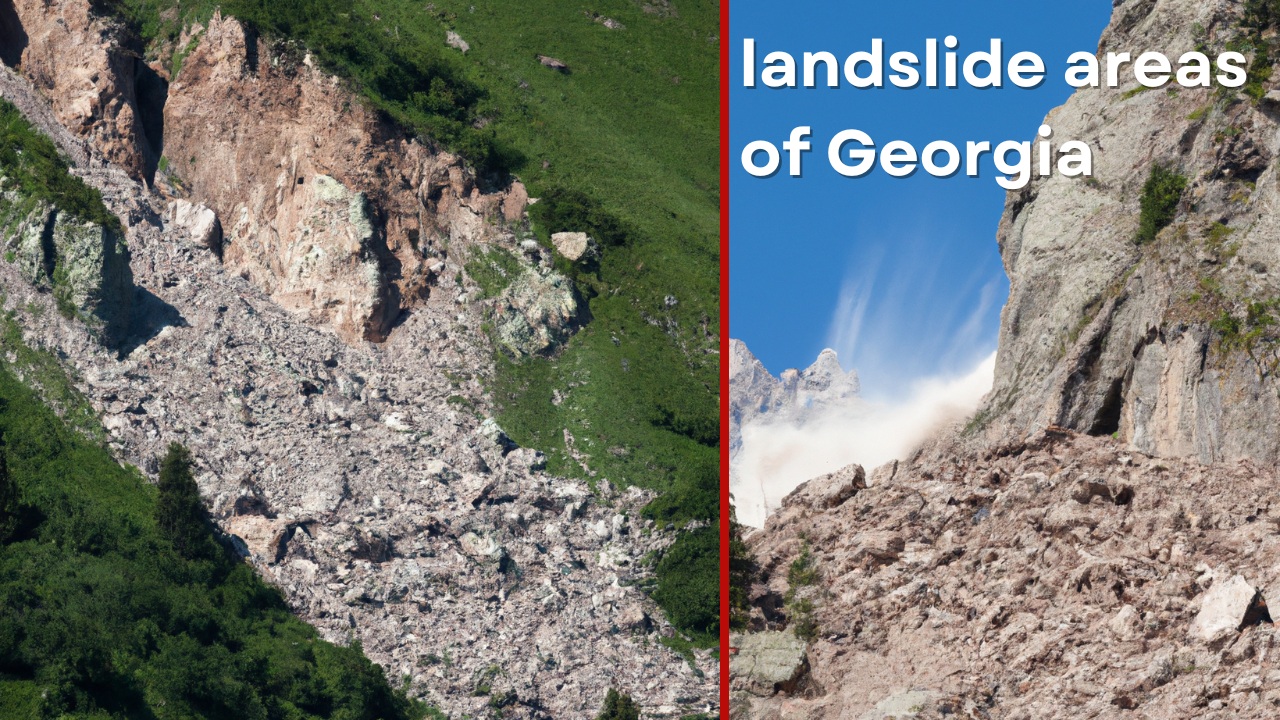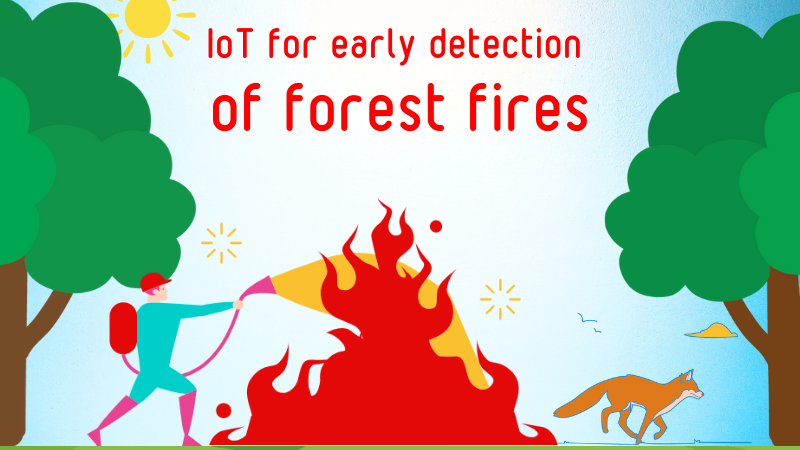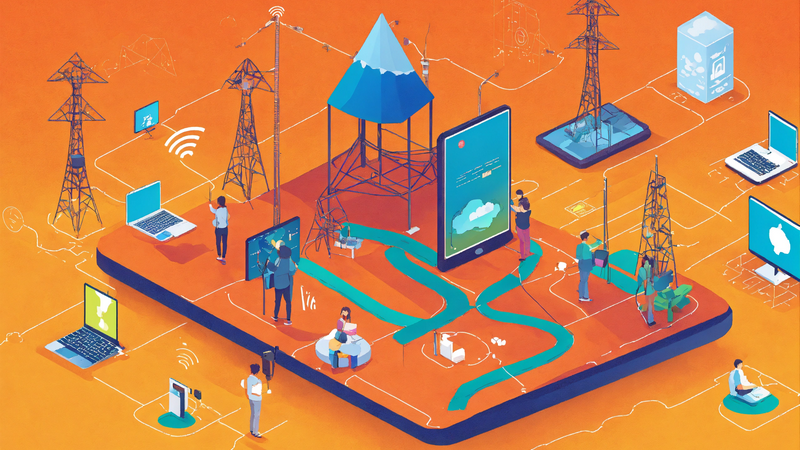Lower cost, lower power, and longer range wireless technologies give us an opportunity to take another look at earthquake prediction hypotheses.
My seventh-grade son, Brendan, is basically familiar with what Dad does for a living — helping companies bring DASH7 products to market. He gets the basics of how the technology works and what it can do. He knows, for example, that companies are deploying our technology to track the precise location and condition of animals like cows.
The Hypothesis
One morning, he surprised me with a question: could Dad’s technology be used to predict earthquakes?
He had read a book about a guy named Jim Berkland who predicted the 1989 Loma Prieta earthquake here in California plus two later earthquakes, based on an increase in classified advertisements for lost dogs in the preceding weeks along with other weather and related data. You can get the book and decide for yourself whether you think his methodology is valid.
But beyond his “model” there are centuries of folklore about animals behaving in strange ways prior to an earthquake. My mother-in-law, to provide just one anecdotal example, insists that her two cocker spaniels living in Mountain View, California “went crazy” in the days leading up to Loma Prieta.
So my son decided for his eight-week science project that he would test whether it is possible to predict an earthquake by testing the question: do animals move more or less prior to a seismic event? There are lots of “little” or medium-sized earthquakes around the Bay Area every day and perhaps he’d discover something.
Regardless, it was a pretty ambitious goal given the timeline and his resources, but his science teacher OK’d the project and to my wife and me, the line of inquiry was novel enough for an 11-year old that it didn’t seem right to discourage him.
After a bit of emailing around to nearby cattle ranches to find a rancher willing to participate, we were introduced to the folks at the TomKat Ranch in Pescadero, California who specialize in educational/scientific research in agro/livestock topics. (NB: these folks are doing some groundbreaking research in agro and sold me some amazing grass fed bone-in-ribeye steak — highly recommend).
We decided not to use Dad’s technology in the interests of minimizing the perception of too much “help” from the parents — something that plagues science fairs everywhere, I believe. Instead, after some brainstorming, he decided to attach (cheap) FitBit Zips to the ears of a few of goats and cows for 30 days in order to measure changes in movement.
The results: according to USGS, there was no significant earthquake activity in the Santa Cruz/Half Moon Bay/San Mateo area during his month of testing so … there was no correlation of a change of movement with a seismic event. Only a decrease in movement on some days due to the heavy rains (El Nino) we received last winter in California. Also: goats move around quite a bit, and cows … not so much.
However, the reactions from the ranchers, science fair judges, and others who learned about the project can be summed up with one word: fascinating.
In California, those who have lived through a major earthquake (I thankfully have not, since 1993, been part of one) seem to react more viscerally to the topic of earthquake prediction. Most of the adults Brendan spoke to were not aware of Berkland’s research and I’ll predict that if someone were to sponsor a ballot initiative to fund large scale testing of this hypothesis, it would pass easily.
In fairness, this spring the U.S. Congress approved $10 million in funding to build an earthquake “early warning” system (not a prediction system) for California that would provide … drum roll please … a one-minute warning of an earthquake. For most of us, such a warning is close to meaningless.
An Opportunity For A Low Cost Earthquake Prediction System?
Previous research efforts to correlate animal behavior with earthquakes appear to be limited and/or very outdated. One study was based exclusively on interviews with farmers after the fact. Until recently, high data acquisition and device costs would have prevented the kind of long term, large scale longitudinal research that we might expect against something as valuable as predicting earthquakes.
Even in my son’s research, using FitBit Zips to measure movement requires manually acquiring the data via Bluetooth every, say, 30 days, which is time-consuming (you have to get within a few feet of each animal, which is tricky and messy) and expensive.
Lower cost, lower power, and longer range wireless technologies give researchers an opportunity to take another look at these earthquake prediction hypotheses. LPWAN technologies being deployed for the (business) purposes of animal tracking, using time stamped location and environmental sensor data, can serve a dual purpose of supplying researchers with valuable data on animal movement, temperature, and location.
A diverse range of domestic animals — dogs, cats, sheep, goats — are now more easily tracked, but non-domestic animals like deer or squirrels (my company, Haystack, has received a request to build a squirrel tracker — not joking) are also potential research subjects.
Getting farmers to give up their data might be easy, or not so easy. For researchers interested in studying earthquakes that want to cut to the chase and tag their own animals or animals they can easily access, the cost of executing a LPWAN-based sensing and data acquisition effort is dropping: tags in low volumes can be had for < $50 and gateways are only nominally more expensive.
Networking stacks offer opportunities to query an endpoint’s GPS location in real-time, which is of great interest to ranchers, but also offer the ability to structure queries in real-time to endpoints, which optimizes endpoint battery life and creates new opportunities for researchers to analyze the behavior of individual animals in real-time.
Whether the centuries of earthquake prediction folklore are just hindsight bias (I’m not accusing my mother-in-law of this, honestly) or a legit indication that animals can sense a coming earthquake, as IoT permeates the agriculture sector, it seems likely that someone will be able to re-test these hypotheses in more meaningful ways and perhaps without much incremental investment.



